
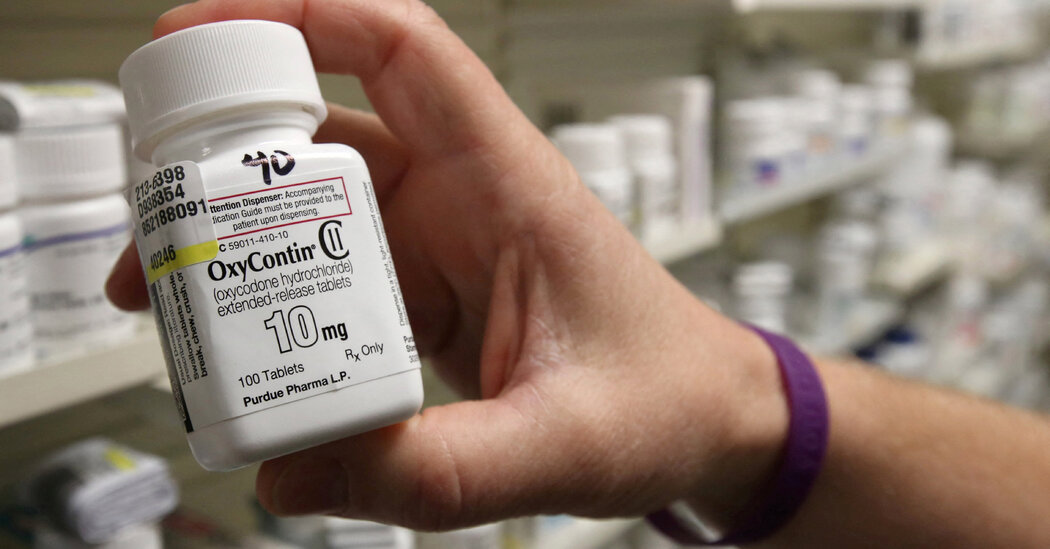
The Supreme Court announced on Thursday that it would pause a bankruptcy deal for Purdue Pharma that would give billions of dollars to those harmed by the opioid epidemic in exchange for shielding members of the wealthy Sackler family from additional opioid-related lawsuits.
The settlement involving Purdue, the maker of the prescription painkiller OxyContin, touches on one of the country’s largest public health crises. The court put the case on its docket and is slated to hear oral arguments in December. Experts say the decision may also have important consequences for other cases that use the bankruptcy system to settle claims of mass injuries.
Here’s what you need to know about the court’s decision:
It’s rare for the Supreme Court to agree to hear a bankruptcy court dispute, experts say, especially one dealing with a settlement agreement in a mass-injury case.
One of the main reasons few such cases make it to the court is that all parties are under pressure to settle. Litigating all the way to the highest court in the nation is a costly and time-consuming proposition. In the Purdue case, it was the U.S. Trustee Program, a watchdog office within the Justice Department, that petitioned the Supreme Court to review the deal.
Several other aspects of the case made it more likely that the Supreme Court would grant review, legal experts said. For one thing, the opioid crisis is an issue of national importance. And such agreements allowing third parties — in this case, the Sacklers, who controlled the company — to be shielded from most liability without declaring bankruptcy themselves are increasingly popular and have divided lower courts.
If approved, the deal presents a road map for other businesses and plaintiffs who are more frequently turning to the bankruptcy courts as a tool to resolve mass-injury cases.
On the other hand, a decision by the Supreme Court to block the use of so-called nonconsensual third-party releases — a mechanism that allows the Sackler family to be shielded from civil lawsuits — would most likely jeopardize the entire Purdue Pharma bankruptcy settlement deal, years in the making.
Experts said they would be watching a number of cases, including the Revlon bankruptcy, as the Purdue case proceeds. A decision against the use of third-party releases could throw those deals into doubt.
Legal experts say it’s unclear how the court will view the dispute. On one hand, the court’s conservative majority tends to look favorably on business interests. However, several conservative justices, including Chief Justice John G. Roberts Jr. and Justice Clarence Thomas, have been wary of aggressive litigation tactics. Overall, this court has shown skepticism of lower courts acting without express authorization from Congress.
Nor is it clear how the liberal justices will vote, experts say. Court watchers say this could be the type of procedural case that ends in a split vote, but not necessarily along political or ideological lines.
A battle between money and principle is at the heart of the Purdue litigation.
Thousands of Purdue plaintiffs, which include states, local governments, tribes and individuals, have waited years for settlement funds, the value of which erodes as litigation costs mount and time passes. As the Sacklers inched up their offers, even the last handful of states that had held up the deal relented. Bankruptcy court is ultimately a marketplace of blunt pragmatism.
By the time the U.S. Court of Appeals for the Second Circuit heard the appeal, $6 billion from the Sacklers was on the table and the only major party still opposed was the U.S. Trustee Program.
Its objection was that if the deal were approved, the Sacklers would get the benefits of bankruptcy, such as foreclosing all Purdue opioid-related lawsuits, without its costs, like handing over their fortune for scrutiny. People who might still want to pursue the individual family members in civil court would be barred from doing so, without having an opportunity to weigh in. The U.S. Trustee argued that their constitutional due process rights would be summarily extinguished.
At this point in the Purdue litigation, only the Justice Department can afford to keep pressing these principles. Tribes, states, local governments and people suffering from the opioid crisis have urgent costs to address.
Under the deal, Purdue would pay $1.2 billion toward the settlement immediately upon emerging from bankruptcy, with millions more expected in the years to come. The Sacklers would pay up to $6 billion over 18 years, with almost $4.5 billion due in the first nine years.
According to an agreement with tribal plaintiffs, all 574 federally recognized Native American tribes are eligible for payouts from a trust worth about $161 million.
Each state has worked up a formula with its local governments for distributing the Purdue money. But all must follow the guidance for use of the money: that it be largely applied to initiatives intended to ease the opioid crisis, including addiction treatment and prevention.
According to the current plan, a trust of $700 million to $750 million would be set up for individual victims and families of people who became addicted to OxyContin or died from overdoses.
About 138,000 plaintiffs filed claims; payments are expected to range from about $3,500 to $48,000. Guardians of about 6,550 children who experienced withdrawal symptoms from drug exposure in the womb may each receive about $7,000. Though the payouts are small, the Purdue plan is one of only a very few opioid settlements across the nation that sets aside money for individuals.
Purdue Pharma, which introduced OxyContin in the late 1990s and aggressively marketed it, would cease to exist. It assets would be transferred to a new company called Knoa Pharma. That company, which would be owned by creditors, would manufacture addiction treatment and opioid reversal medicines at no profit. Knoa would continue to make opioids like OxyContin as well as non-opioid drugs, with profits going toward the settlement funds.
Purdue, which no longer markets the opioids it produces, is being supervised by an independent monitor. The Sacklers have been off its board since 2018.
24World Media does not take any responsibility of the information you see on this page. The content this page contains is from independent third-party content provider. If you have any concerns regarding the content, please free to write us here: contact@24worldmedia.com
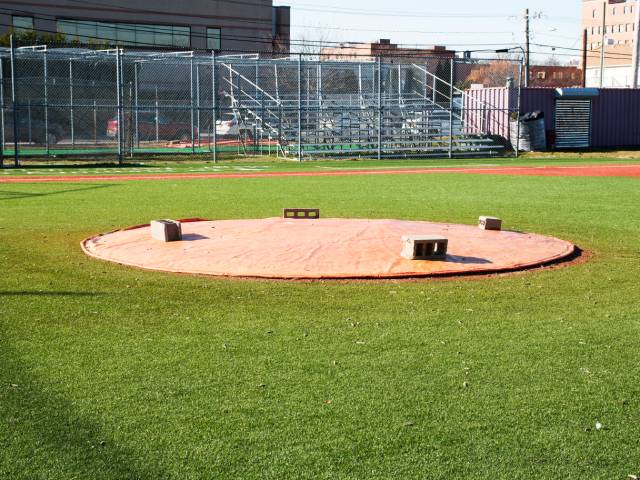
Common Mistakes When Using Athletic Field Tarps

High-Performance Diesel Truck Upgrades You Should Consider

Warehouse Optimization Tips To Improve Performance
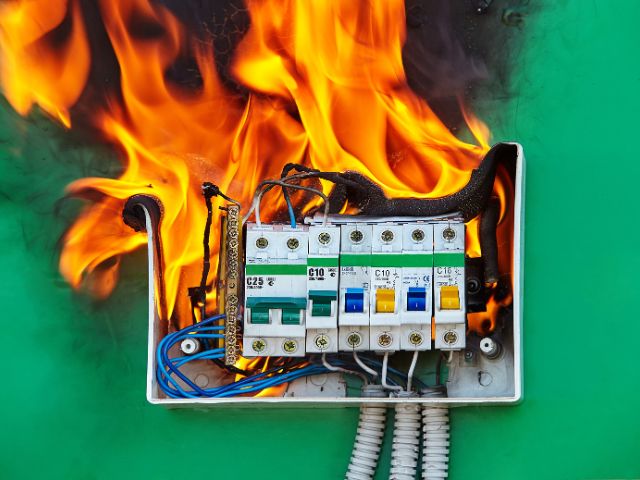
Fire Hazards in Daily Life: The Most Common Ignition Sources

Yellowstone’s Wolves: A Debate Over Their Role in the Park’s Ecosystem
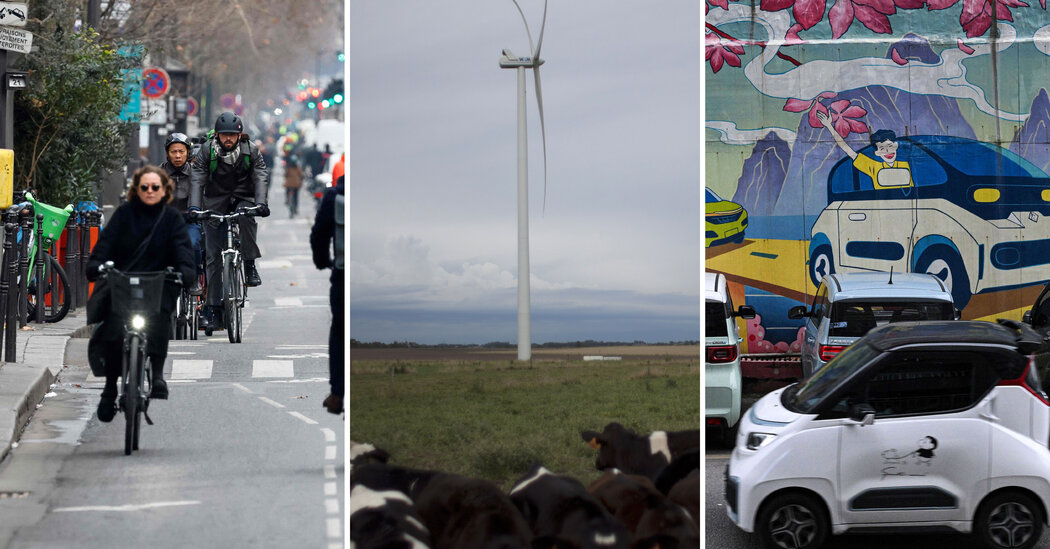
Earth Day 2024: A Look at 3 Places Adapting Quickly to Fight Climate Change
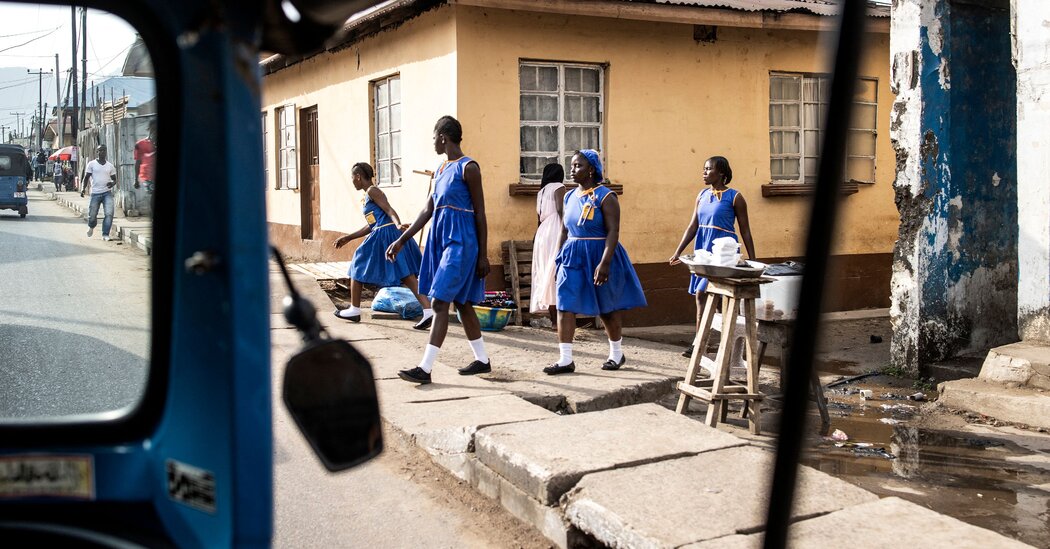
Millions of Girls in Africa Will Miss HPV Shots After Merck Production Problem
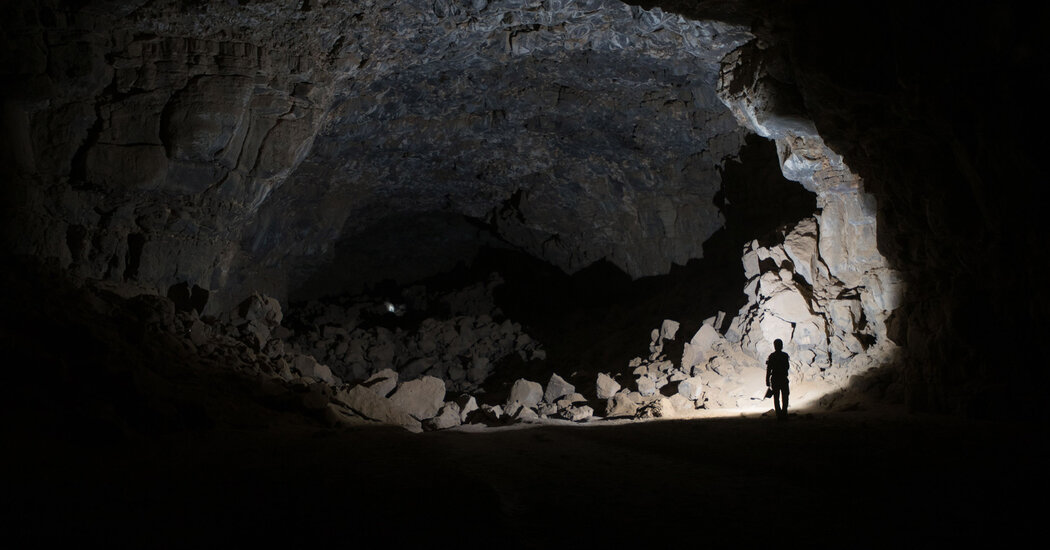
This Lava Tube in Saudi Arabia Has Been a Human Refuge for 7,000 Years
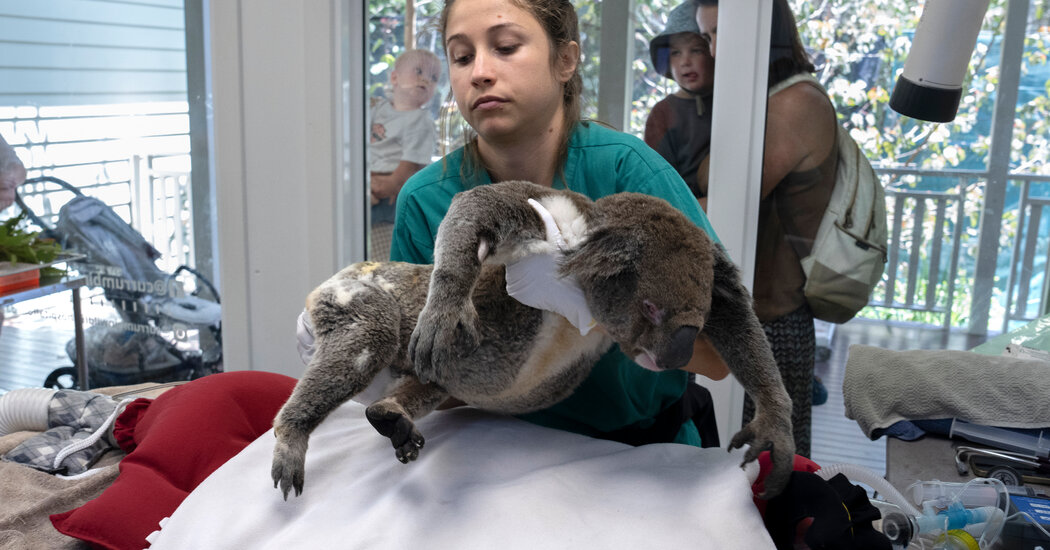
Four Wild Ways to Save the Koala (That Just Might Work)
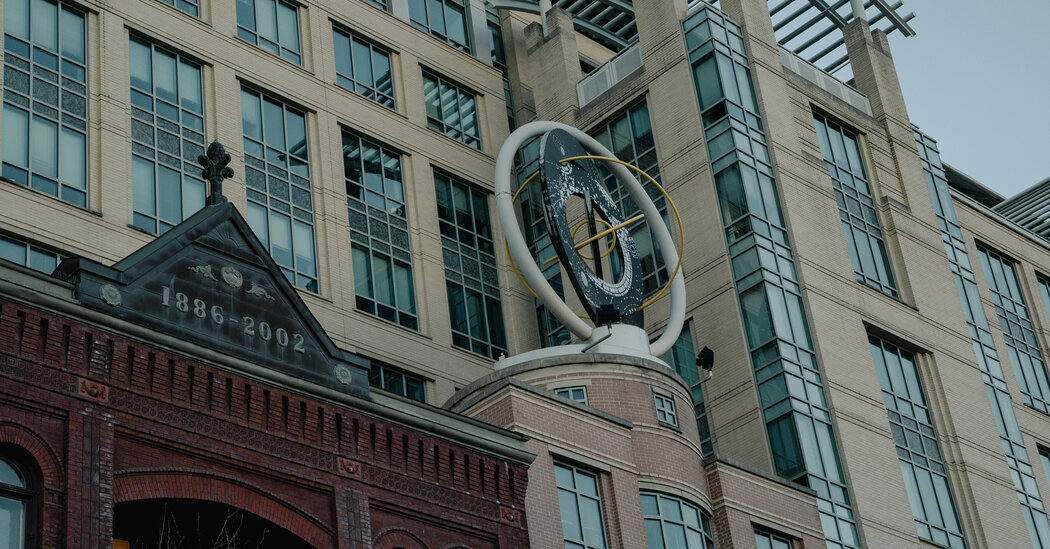
National Academy Asks Court to Strip Sackler Name From Endowment

Ways Industrial Copper Helps Energy Production
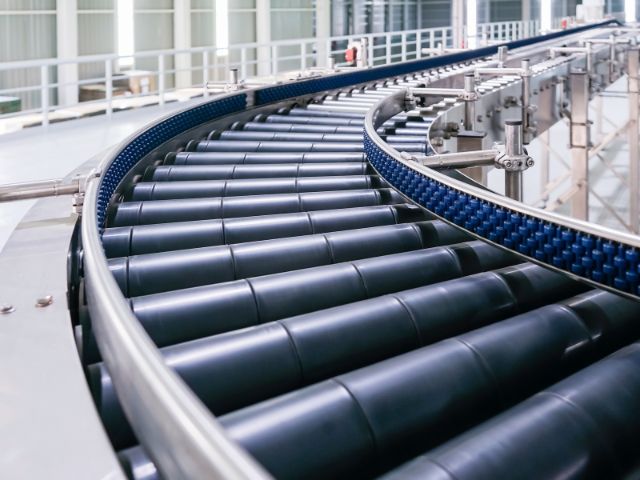
The Ins and Out of Industrial Conveyor Belts